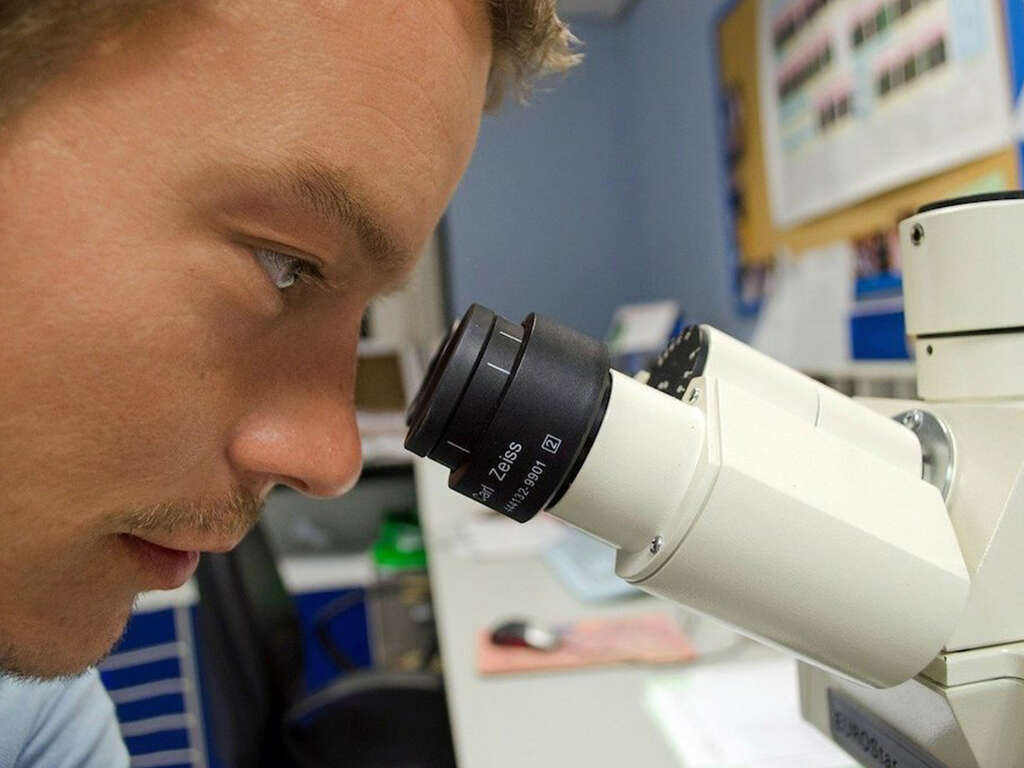10 FAQs About the Hypodermis
 Article Sources
Article Sources
- 1. Yousef, Hani. 'Anatomy, Skin (Integument), Epidermis.' U.S. National Library of Medicine, 27 July 2020, www.ncbi.nlm.nih.gov/books/NBK470464
- 2. Saldana, José Ignacio. 'Macrophages.' British Society for Immunology, www.immunology.org/public-information/bitesized-immunology/cells/macrophages
- 3. Biga, Lindsay M., et al. '5.3 Functions of the Integumentary System.' Anatomy Physiology, OpenStax/Oregon State University, open.oregonstate.education/aandp/chapter/5-3-functions-of-the-integumentary-system
- 4. 'Administering Drugs via a Subcutaneous Injection.' Nursing Times, 7 Apr. 2021, www.nursingtimes.net/clinical-archive/assessment-skills/injection-technique-2-administering-drugs-via-the-subcutaneous-route-28-08-2018
Detects Sensation and Retains Heat
The hypodermis contains specialized neurons that detect sensation.3Biga, Lindsay M., et al. ‘5.3 Functions of the Integumentary System.’ Anatomy Physiology, OpenStax/Oregon State University, open.oregonstate.education/aandp/chapter/5-3-functions-of-the-integumentary-system These sensations include vibration, pressure, touch, pain and surface temperature. These sensory receptors are concentrated on the tips of the fingers, which are highly sensitive to touch.
Additionally, numerous hair follicles that are connected to a sensory nerve and tiny muscle, the arrector pili, are embedded in the hypodermis. The arrector pili muscles shrink in the cold, causing body hair to become erect and increasing body temperature, as vertical body hair can retain heat.
Advertisement











